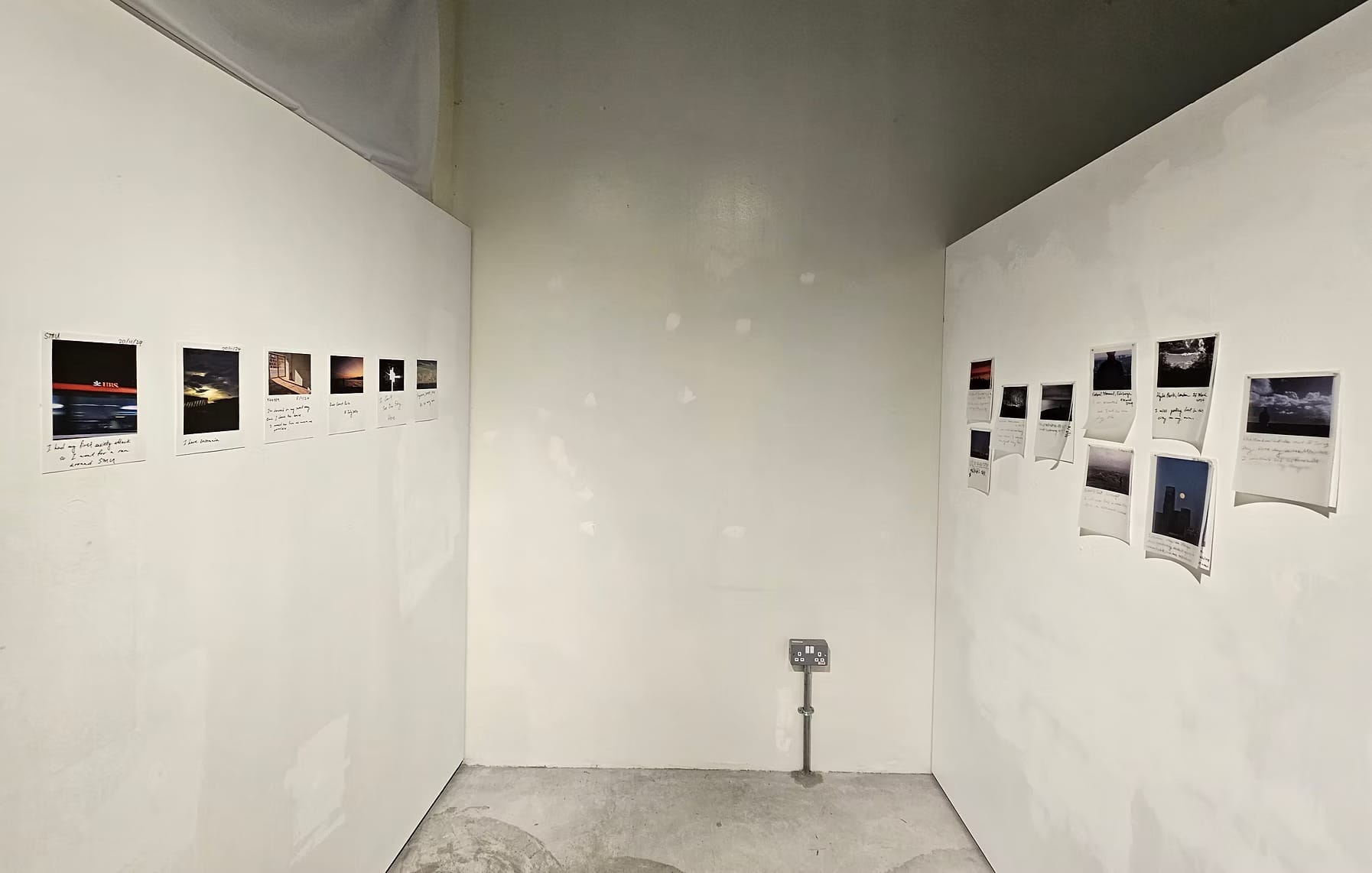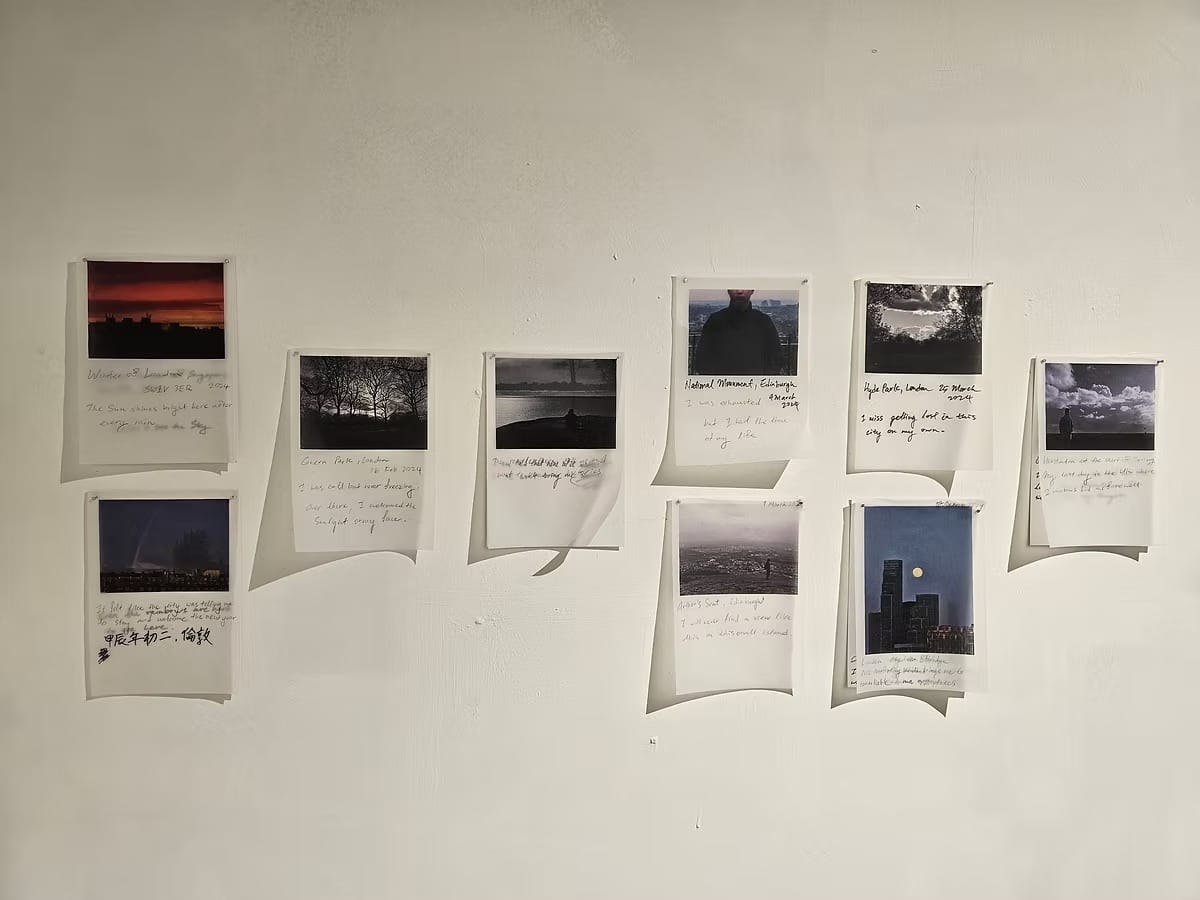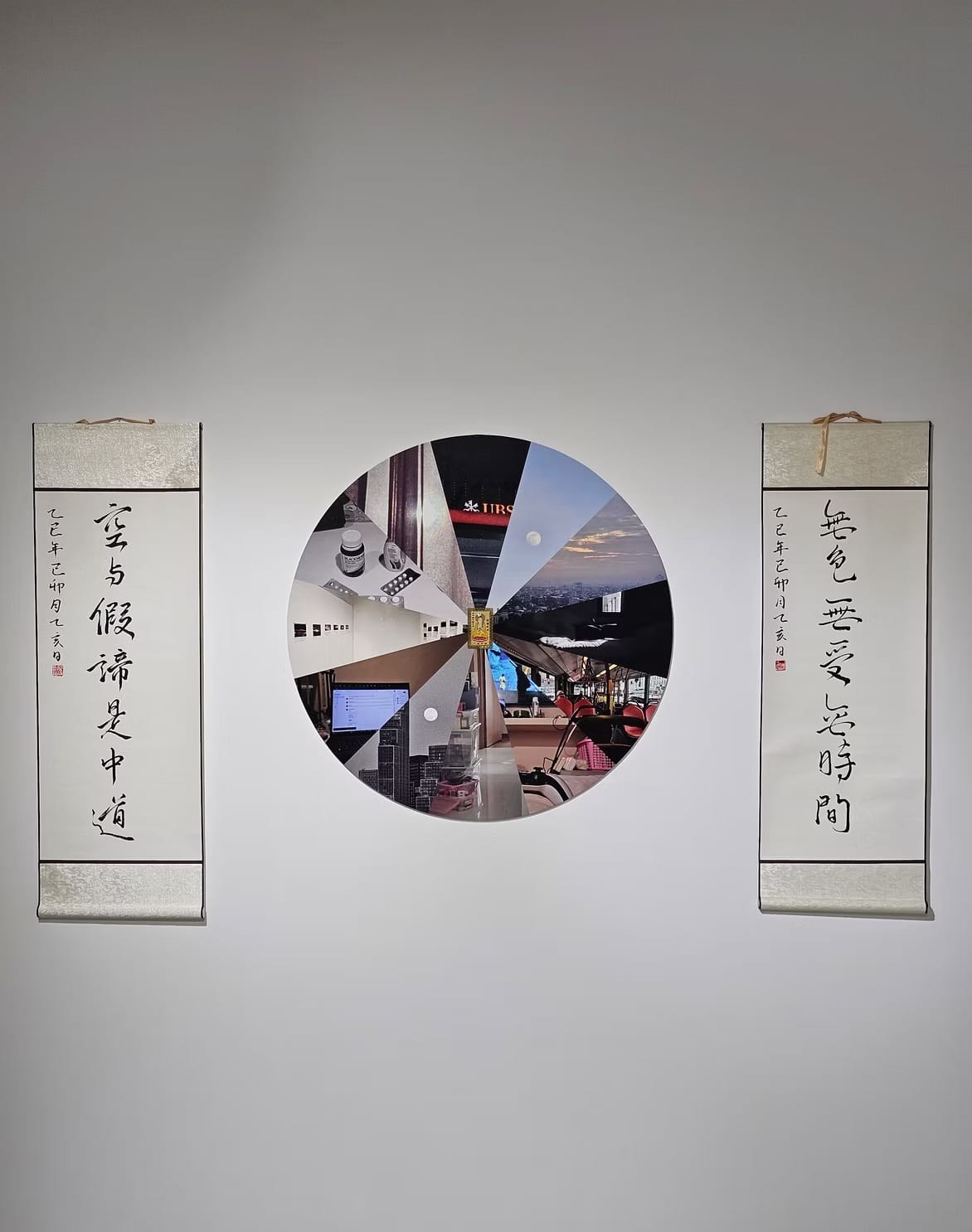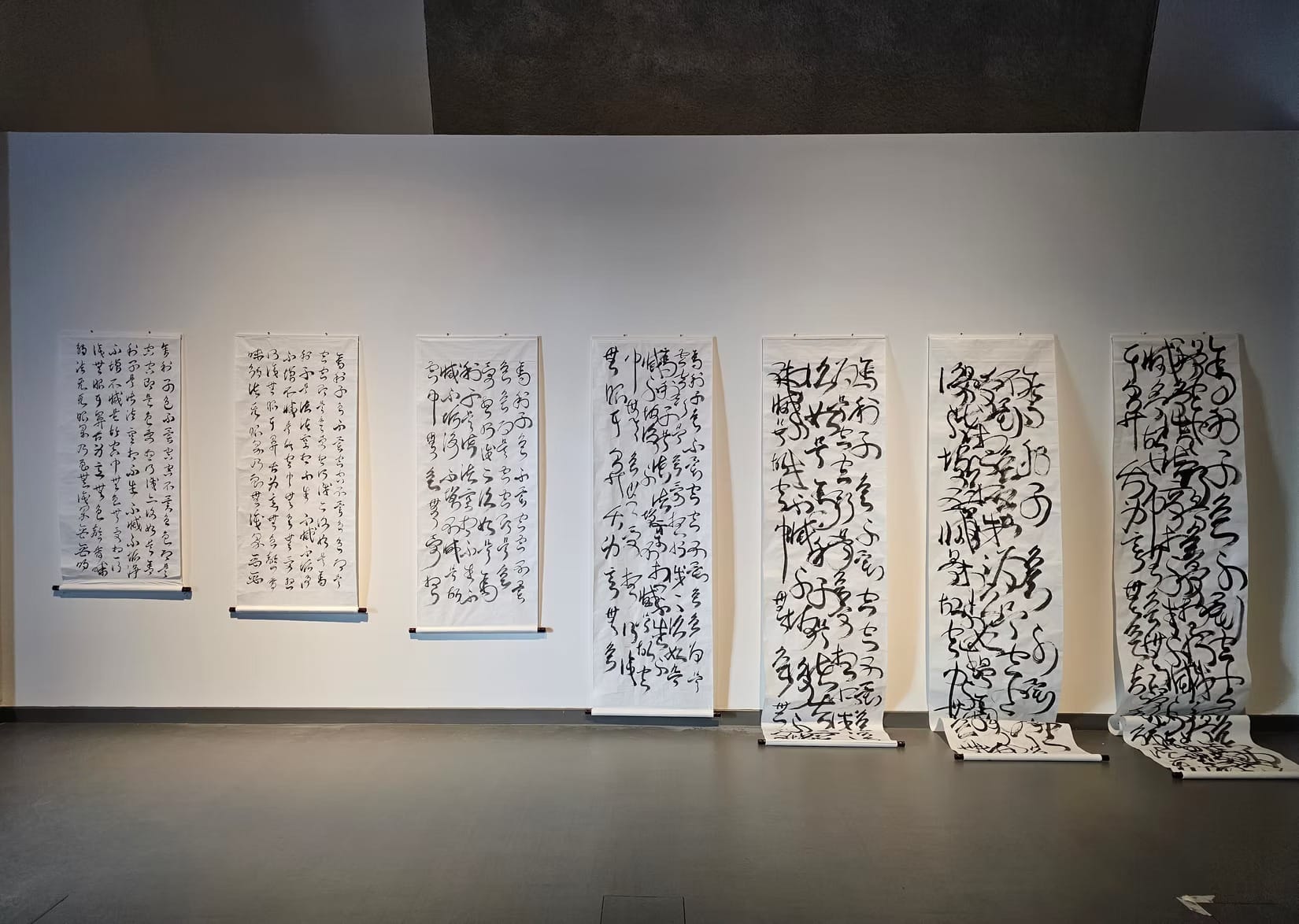Singaporean artist Ho Rui Kai (Ayrton) challenges capitalist chrononormativity through a series of interconnected works titled: I Need More Time, There is No Time, and The Emptiness of Time. These pieces, chronicled through photography, installation, and durational ink work, explore how Queer Temporalities and the Buddhist concept of Emptiness (śūnyatā; 空) can be used as forms of resistance against the ways capitalism exploits a person’s use of their time. This is why Ho’s work is relevant to the United Nations Sustainable Development Goals of Decent Work And Economic Growth and Reduced Inequalities.
Capitalist chrononormativity are societal norms that dictate how a person’s life should achieve certain milestones in a linear order so that they can maximize their contribution to the capitalist system. This linear timeline frequently asks people to go to school, attend university, get a job, build a family, and retire at certain ages that are deemed appropriate in order to be accepted by society at large. It is this concept that Ho dissects, all while reflecting closely to his experience of being a queer person who was born and raised in Singapore.

In I Need More Time (marker and photo prints on tracing paper), Ho maps the displacement he felt after returning to Singapore from London, where he had spent time studying and briefly experienced queer belonging. In the piece, Ho leaves honest hand-written notes on photographs he has taken between Singapore and London, outlining the different emotions he feels in these spaces. The results explicitly critique Singapore’s strict adherence to societal timelines— highlighting pressures to get steady jobs and fall into heterosexual marriage—that ultimately renders queer existence "untimely." It is this personal alienation that becomes a lens to expose how capitalist time demands suffocating conformity.

There is No Time (2024) escalates this personal critique into suggestions for collective resistance. The work takes the form of a two-scroll installation that has been hung between a visual clock, and a circular collage of twelve photographs that has been placed to mimic the hours of the clock. These photographs can easily be read as symbols of a typical worker’s day as dictated by capitalist chrononormativity. It includes daily moments like commuting to work, signing into work, commuting back home, and even taking the time to take supplements and various medication before turning in for the night to start again the next day. Here, There is No Time asks audiences to question why they are letting capitalist chrononormativity dictate how they spend every hour, every second of their day.
The two scrolls are inscribed with “There is no form, no feeling, no time” and “The Truths of Emptiness together with Conditional Phenomena will bring the Truth of The Middle Path”. These scrolls act as answers to the problem presented by the visual clock. They are meant to be a sort of nianfo, or Buddhist chanting rituals, that will aid a person’s meditation when trying to release themselves from capitalist chrononormativity. These words frame the hours of a day as "time to simply be" rather than to work, offering everyday labourers an emancipatory reimagining of temporality rooted in the Buddhist concept of śūnyatā (emptiness).

The trilogy culminates in The Emptiness of Time (2025), a durational performance where Ho transcribes the Heart Sutra across seven scrolls in an evolving chaotic script. What began as disciplined calligraphy dissolves into asemic gestures—a visual metaphor for capitalism’s unraveling. Unfixed scrolls tremble with ambient air currents, their creased, unrefined surfaces reject polished commodification. Here, Ho parallels the destabilization of language with queer and Buddhist temporalities: nonlinear, contemplative, and resistant to capitalist measurement.

Having exhibited at Singapore Art Book Fair (2024) and London’s Crimes Against Art (2024), Ho’s practice—spanning Chinese ink, photography, and ritual—interrogates inherited systems (language, labor, sexuality) through a diasporic Southeast Asian perspective. His works propose art as a site to reclaim time itself from exploitation. As scrolls spill onto floors and texts blur into abstraction, Ho insists: time is not a currency—it’s a canvas for liberation.
Find out more about I Need More Time, There is No Time, and The Emptiness of Time by Ho Rui Kai and his other initiatives by checking his Instagram @rkho_01 or his website www.hrkayrton2001.wixsite.com.
